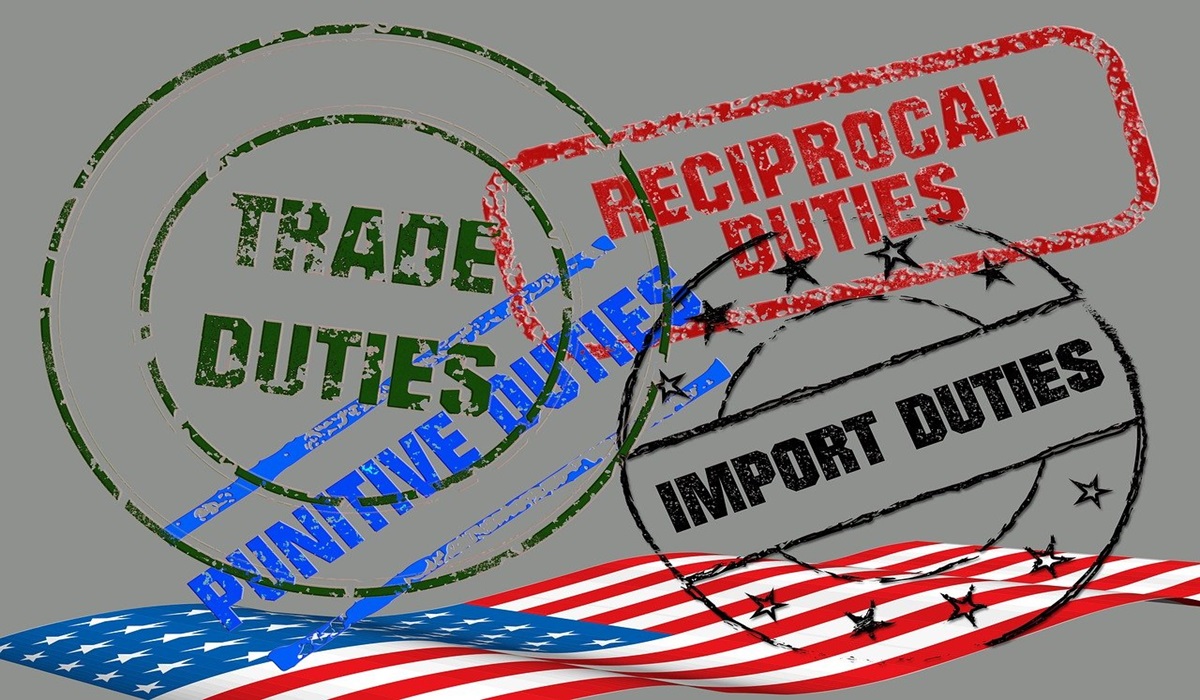China Slaps 125% Tariffs on U.S. Goods, Escalating Economic Response
- TDS News
- Breaking News
- April 11, 2025

Image Credit, Geralt
In a bold and blistering response to Donald Trump’s decision to raise tariffs on Chinese goods to a staggering 145%, Beijing has fired back with tariffs of its own—raising duties on U.S. imports from 84% to a jaw-dropping 125%. This latest tit-for-tat is not just posturing; it’s economic warfare, and the collateral damage is already stacking up—particularly for American companies, workers, and consumers.
The Trump administration continues to operate under the delusion that China can be bullied into submission. But this isn’t some minnow of an economy the U.S. is dealing with—it’s the second-largest economy in the world, and by some measures, already the largest. China is not bending the knee. It’s standing firm, flexing its own muscle, and sending a clear message: it will not be dictated to.
What’s more alarming is Trump’s failure to understand—or his refusal to acknowledge—the sheer scale and depth of economic interdependence between the two countries. It’s a dangerous game of economic chicken, and the U.S. is speeding toward a cliff.
Take liquid natural gas (LNG), for instance. If China decides to pull the plug on U.S. LNG imports, the shock won’t ripple—it will thunder across the American energy sector. The Gulf States, Australia, and even Canada would be more than willing to fill the void in the Chinese market, and they’ll do it fast. The same goes for U.S. agriculture. China has options. Brazil is already filling the gap in corn exports. Argentina and South Africa are ramping up soybean production. The BRICS alliance gives China access to a broad and resource-rich network of alternative trade partners.
Trump is playing checkers on a chessboard. He may have succeeded in pushing around smaller nations or squeezing concessions out of the European Union, but this is where the intimidation tactics hit a wall. China has not only endured past tariff salvos but used them to accelerate domestic innovation, expand non-U.S. trade relationships, and tighten strategic alliances.
And what happens if China strikes where it hurts most—American tech? The majority of Apple’s iPhones are manufactured in China. If retaliatory tariffs, supply chain restrictions, or rare earth mineral export limits are imposed, the price of an iPhone could skyrocket beyond $3,000. That would effectively tank domestic sales and potentially gut Apple’s stock value overnight. Investors won’t wait around for diplomacy; they’ll flee, and fast.
This brings us to the core of the issue: rare earth minerals. China doesn’t just possess these materials—it dominates their mining, refining, and export. These are essential for EV batteries, semiconductors, wind turbines, and military tech. If Beijing plays the rare earth card, it won’t just hurt—it could kneecap entire American industries that rely on these inputs.
So where does that leave us? With a U.S. president chest-thumping and grandstanding, pretending the U.S. holds all the cards when the deck is stacked in China’s favor on several fronts. The American consumer is about to bear the brunt of this brinkmanship. Prices will rise, jobs will disappear in tariff-strangled industries, and supply chains will become even more fragile.
This isn’t strength. It’s economic sabotage in real time.
At some point, someone in Washington needs to step up and say what should be obvious: these tariffs are not working. They’re not reviving manufacturing. They’re not bringing China to heel. They’re hurting America—its workers, its companies, and its credibility.
The era of unilateral hegemony is over. If the United States doesn’t learn how to operate in a multipolar, interconnected global economy, then Trump’s trade war will go down not as a show of force—but as the moment the U.S. lost its grip on the global economic order.








